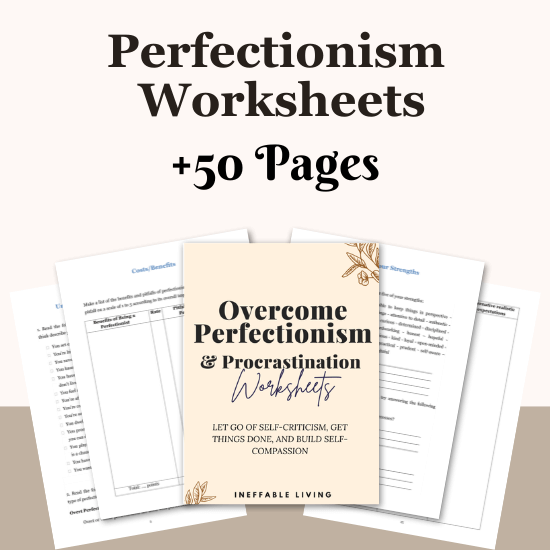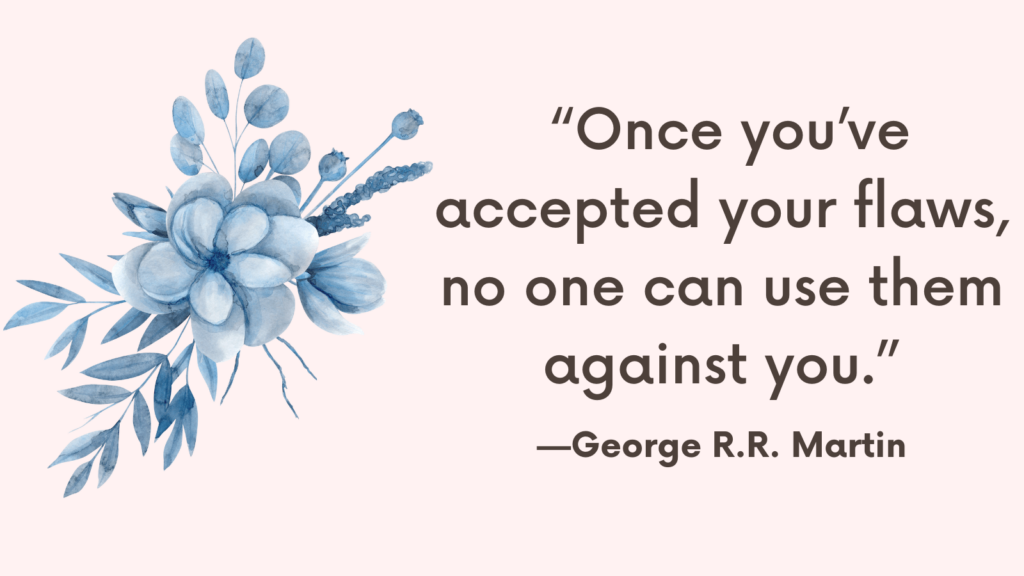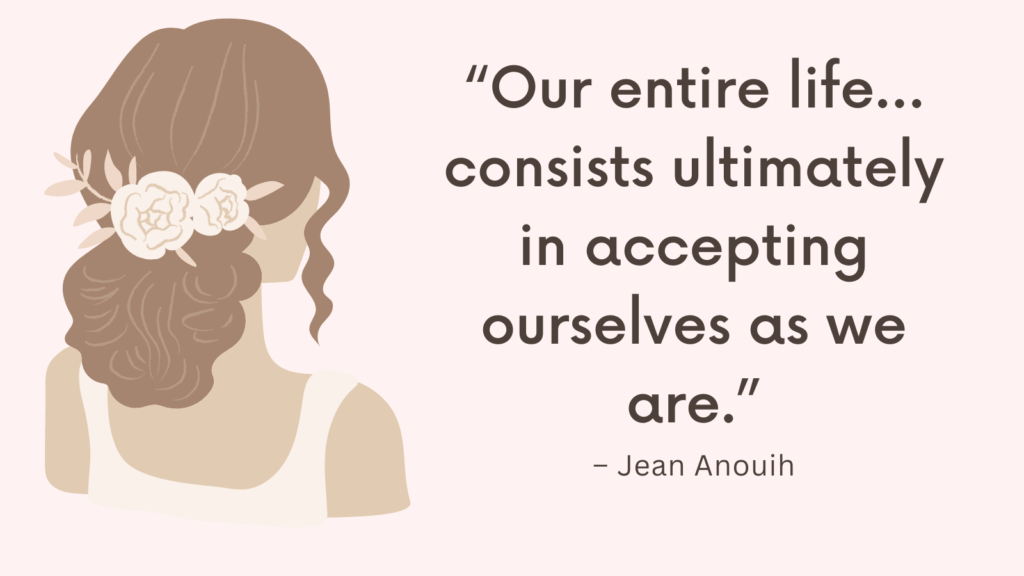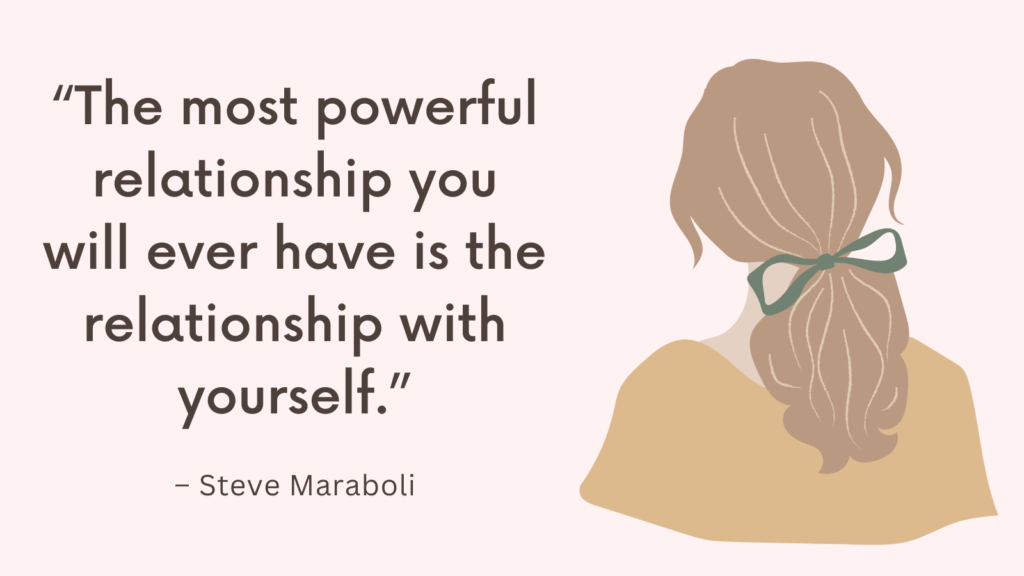It’s common to set ambitious New Year’s resolutions, only to find them slipping away after a few weeks.
Breaking the cycle of failed resolutions requires a shift in mindset and approach, focusing on realistic, sustainable changes.
Here are some strategies to help you set and achieve your goals this year.
Why Resolutions Often Fail
They’re Built on Pressure, Not Compassion
Most resolutions stem from internal criticism — “I need to fix myself” — instead of self-respect. When the foundation is shame, the structure won’t last.
They’re Too Vague or Unrealistic
“Be healthier,” “Be more productive,” “Change my life” — without clear steps or meaningful motivation, these goals collapse under their own weight.
They Rely on Motivation Alone
Motivation is temporary. Habits require systems, not just enthusiasm. When energy dips (and it always does), the plan needs more than willpower to survive.
They Ignore Emotional Readiness
Some goals require healing first. If you’re pushing toward something that your body or nervous system sees as unsafe, it will resist — no matter how badly you want it.
Signs You’re Caught in the Resolution Cycle
- You make the same goal every year — and always abandon it
- You feel excitement at the start, then avoidance
- You punish yourself for “falling behind” instead of adjusting
- You chase quick fixes instead of long-term change
- You give up completely after one bad day
- You secretly dread the pressure of January 1st
The pattern isn’t failure — it’s feedback. Something deeper needs attention.
How to Break the Cycle of Failed Resolutions?
1. Choose Goals That Truly Resonate with You
Resolutions are often influenced by societal pressures or short-term desires. Setting goals that align with your values and genuine desires increases motivation and persistence.
– How to Practice: Reflect on why you want to achieve each resolution. Ask yourself, “Does this truly matter to me?” or “How will this goal improve my life?” Choose goals that feel personally meaningful, not just socially desirable.
2. Focus on One Goal at a Time
It’s tempting to set multiple resolutions in January, but juggling too many can quickly lead to burnout. Concentrating on one goal helps you build consistency and see progress more clearly.
– How to Practice: Pick one priority goal to start with, and commit to it for a specific period, like 30 or 60 days. Once you feel steady with this goal, consider adding another. This focused approach can increase your chances of long-term success.
Related: Are You a Procrastinator Quiz? (+ Best 40 Tips To Stop Putting Things Off)
3. Break Resolutions into Small, Actionable Steps
Big goals can feel overwhelming if they aren’t broken down into manageable steps. Creating smaller, actionable steps makes your progress tangible and achievable.
– How to Practice: Break down your goal into specific actions you can take daily or weekly. For example, instead of “Get fit,” start with “Walk for 20 minutes, three times a week.” Gradually build on these actions as they become habits.
4. Set Short-Term Milestones
While the end goal provides motivation, short-term milestones create a sense of accomplishment along the way. Celebrating these mini-victories keeps you engaged and reduces the chances of giving up.
– How to Practice: Set small milestones, like monthly or biweekly targets, that lead to your larger goal. For each milestone you reach, reward yourself with something meaningful—a treat, a day off, or time with a friend.
Related: Best 15 Books On How To Stop Procrastinating
5. Prioritize Consistency Over Intensity
A common resolution pitfall is starting too intensely, only to lose momentum as it becomes unsustainable. Emphasizing consistency over speed helps you build habits that last.
– How to Practice: Start small, aiming for consistency even if progress feels slow. For example, a 10-minute workout daily can be more effective long-term than an hour workout once a week. Gradual, consistent steps help you create habits that stick.
6. Embrace Flexibility and Adjust as Needed
Life changes, and rigid resolutions often don’t adapt well to new circumstances. Embracing flexibility allows you to adjust your approach as needed without abandoning your goal.
– How to Practice: If you encounter obstacles, take a moment to reassess. Ask, “How can I modify this goal to fit my current situation?” For example, if you’re traveling, swap gym workouts for body-weight exercises. Adjusting is part of staying committed.
Related: Best 50 Affirmations For Procrastination
7. Focus on the Process, Not Just the Outcome
If you only focus on the end goal, you might feel discouraged by slow progress. Shifting focus to the daily actions you can control brings satisfaction and makes the journey more enjoyable.
– How to Practice: Create a process-based mindset by tracking the habits and actions that support your resolution. For example, instead of focusing on losing 20 pounds, focus on the daily actions, like preparing balanced meals or moving daily.
8. Be Patient and Forgiving with Setbacks
Setbacks are natural, but they often lead to abandoned goals when people view them as failures. Practicing patience and self-compassion allows you to learn from setbacks without giving up.
– How to Practice: When setbacks happen, view them as opportunities for growth. Ask, “What can I learn from this?” and create a plan to get back on track. Remind yourself that consistency over time, not perfection, leads to lasting change.
Related: Am I A Perfectionist Quiz
9. Track Progress Regularly
Tracking progress helps you see your growth and stay motivated. By measuring your progress, you gain a sense of accomplishment and can make any necessary adjustments.
– How to Practice: Use a journal, app, or checklist to record your efforts each day. Review your progress weekly to reflect on what’s working and where you can improve. Tracking also provides motivation as you see how far you’ve come.
10. Have an Accountability Partner or Support System
Having someone to support and check in on your progress can improve your motivation and commitment. Accountability adds a sense of responsibility and encouragement, making it easier to stay on track.
– How to Practice: Share your goals with a friend, family member, or coach who will support you. Schedule regular check-ins where you can discuss your progress, celebrate wins, and brainstorm solutions for challenges.
Related: Root Cause Of Perfectionism (top 5 Causes)
11. Celebrate Your Wins, No Matter the Size
Recognizing each accomplishment, no matter how small, reinforces positive behavior and helps you stay motivated. Celebrations encourage you to keep going, even when progress feels slow.
– How to Practice: Take a moment to acknowledge each step you complete. Whether it’s a monthly check-in or a quick thank-you to yourself, celebrating keeps the journey positive and reminds you of your growth.

Conclusion
Breaking the cycle of failed resolutions is about creating a realistic, compassionate approach that builds momentum and resilience.
By setting meaningful goals, focusing on small steps, and staying flexible, you can make this year’s resolutions a source of pride and satisfaction, rather than frustration. Remember, sustainable change is a journey—celebrate each step along the way.



